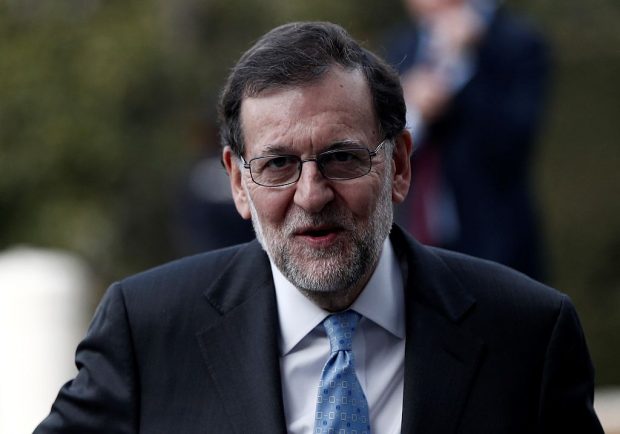It’s been exactly a year ago since Spain held what would turn out to be the first of two general elections in ten months. The first vote unleashed chaos: new parties Podemos (‘We Can’, on the radical left) and Ciudadanos (‘Citizens’, on the centre-right) split 35 per cent of the vote between them. This ended the joint hegemony of Spain’s two oldest parties, meaning it was time to say goodbye to a status quo established when Franco’s death inaugurated democracy in 1975 – a world in which the Conservatives and the Socialists simply swapped power back and forth. Everything had changed. Or had it?
After almost a year of antagonistic negotiations, the country’s new government was finally installed at the end of October: it’s a minority Conservative-led operation dependent on parliamentary votes for passing legislation. And it’s led, once again, by the widely-loathed veteran Mariano Rajoy. As demonstrated by the compromised nature of this administration, some things are unimaginably different in Spain from one year ago. Other things, though, have remained exactly as they were.
Spain’s new political forces have had mixed fortunes since last December. In making a pact with the PP in October, Ciudadanos has proved itself the more pragmatic – and therefore successful – party. While Podemos has singularly failed to capitalise on the populist anger that brought it to prominence last December. In fact, its leader Pablo Iglesias wants to disassociate the party from populism, apparently denying claims that he was happy with Donald Trump’s victory in the States last month. There are, of course, huge ideological differences between these two politicians, but both claim to represent the disaffected. And both claim to oppose a political establishment they portray as corrupt and self-interested. Podemos’ failure to move forward, though, is because of a simple reason: as a party, it is defined by what it stands against, rather than what it advocates. Arguably, its progress is also hindered by the fact that populism has yet to take hold in Spain in the same way it has done in the US and UK.
But while Spanish politics may have settled down after a tumultuous few months, the stark contrast between the old parties (PSOE and PP) and new (Ciudadanos and Podemos) ones remains clear. This difference was perfectly captured in a photograph published back in January. During the first session of Spanish parliament held after December’s inconclusive vote, one of Podemos’ young deputies, Alberto Rodriguez, was snapped strolling past 61-year old establishment figure Rajoy in the congress. Thirty four year-old Rodriguez sported dreadlocks down to his backside and the kind of unloved long-sleeved sweater you wear to decorate in. Rajoy sat behind his desk in a navy suit, white shirt and blue tie, staring with undisguised alarm at Rodriguez – the scruffy ambassador of a new political enemy.
His alarm was justified: the Popular Party no longer had a parliamentary majority and was having to relinquish a share of its power, once virtually unchecked. When Ciudadanos lent its votes to the PP in October and the PSEO agreed to abstain from voting against its reinstatement, both parties showed how invaluable they would be to the minority administration. Some commentators predicted further deadlock and delay as a result, but there has already been an intriguing indication of how this splintered new parliament might function. When Rajoy sought approval for a revised 2017 budget earlier this month, the PSOE abstained from voting against it in exchange for an eight per cent increase in the minimum wage. This is not quite the ‘Grand Pact’ between left and right that many were hoping for, but the Conservatives’ dependence on the Socialists’ approval in parliament might have the same effect on policy.
Despite the fact that the PP’s power is now diluted, it’s an unpleasant irony for many Spaniards that the same old prime minister is still in power: another four years of Rajoy is exactly what the Socialists, Ciudadanos and Podemos wanted to prevent. Nevertheless, the minority government which the awkward, retiring Galician now leads shows that Spain is changing, albeit slowly. And if the PSOE and Podemos can successfully exploit Spain’s as-yet-nascent populism, Rajoy’s second term will be his last.






Comments